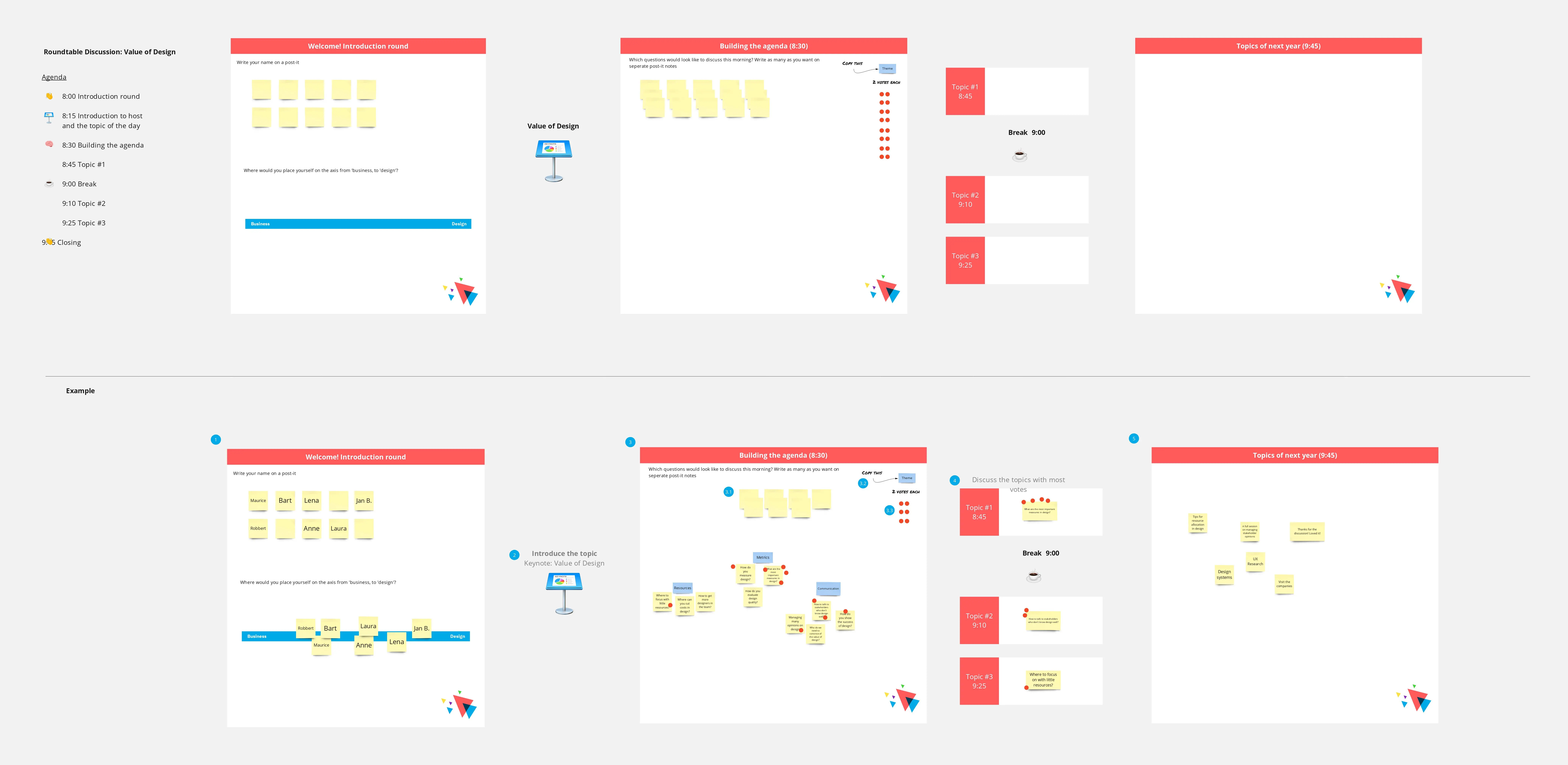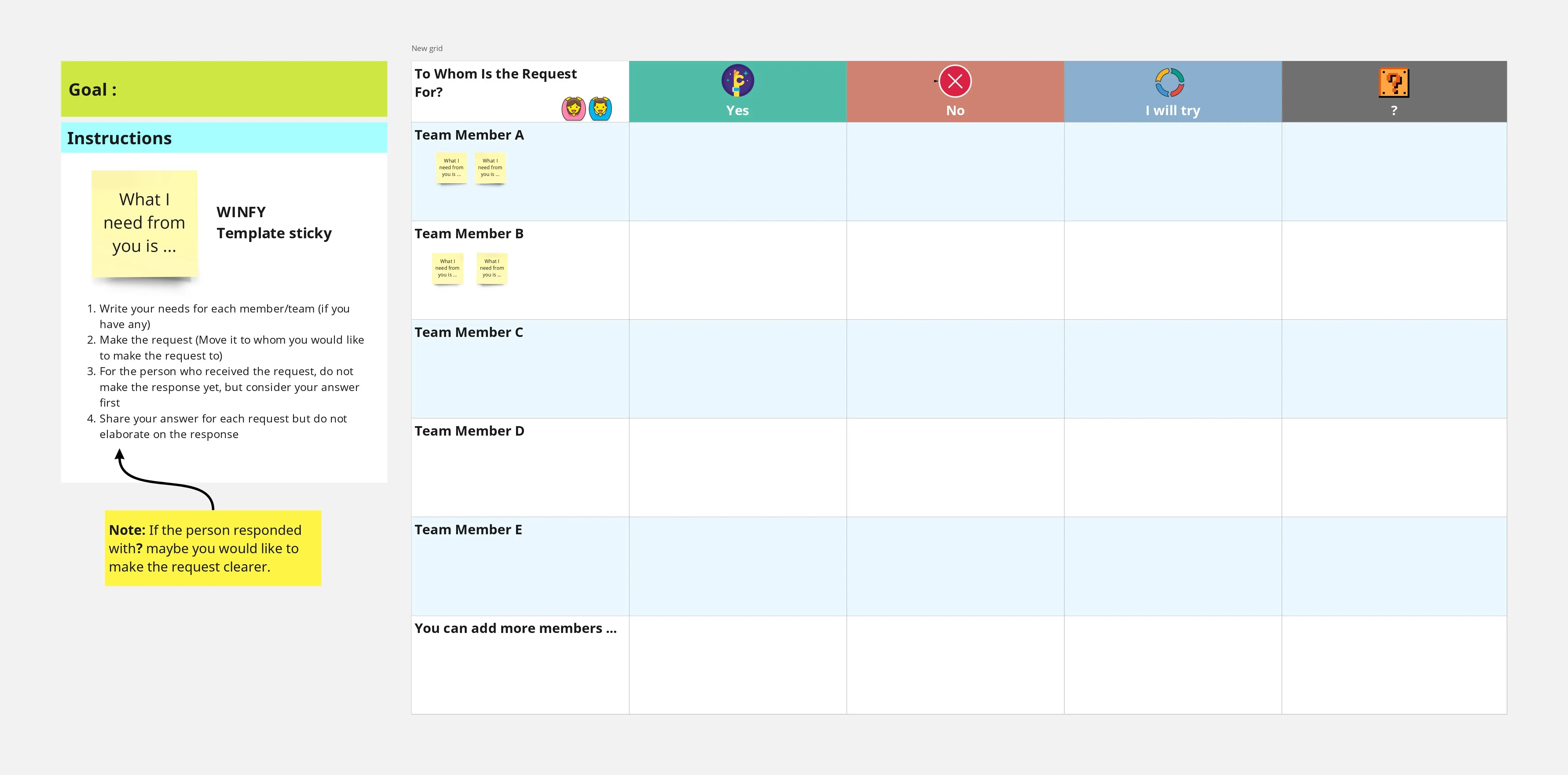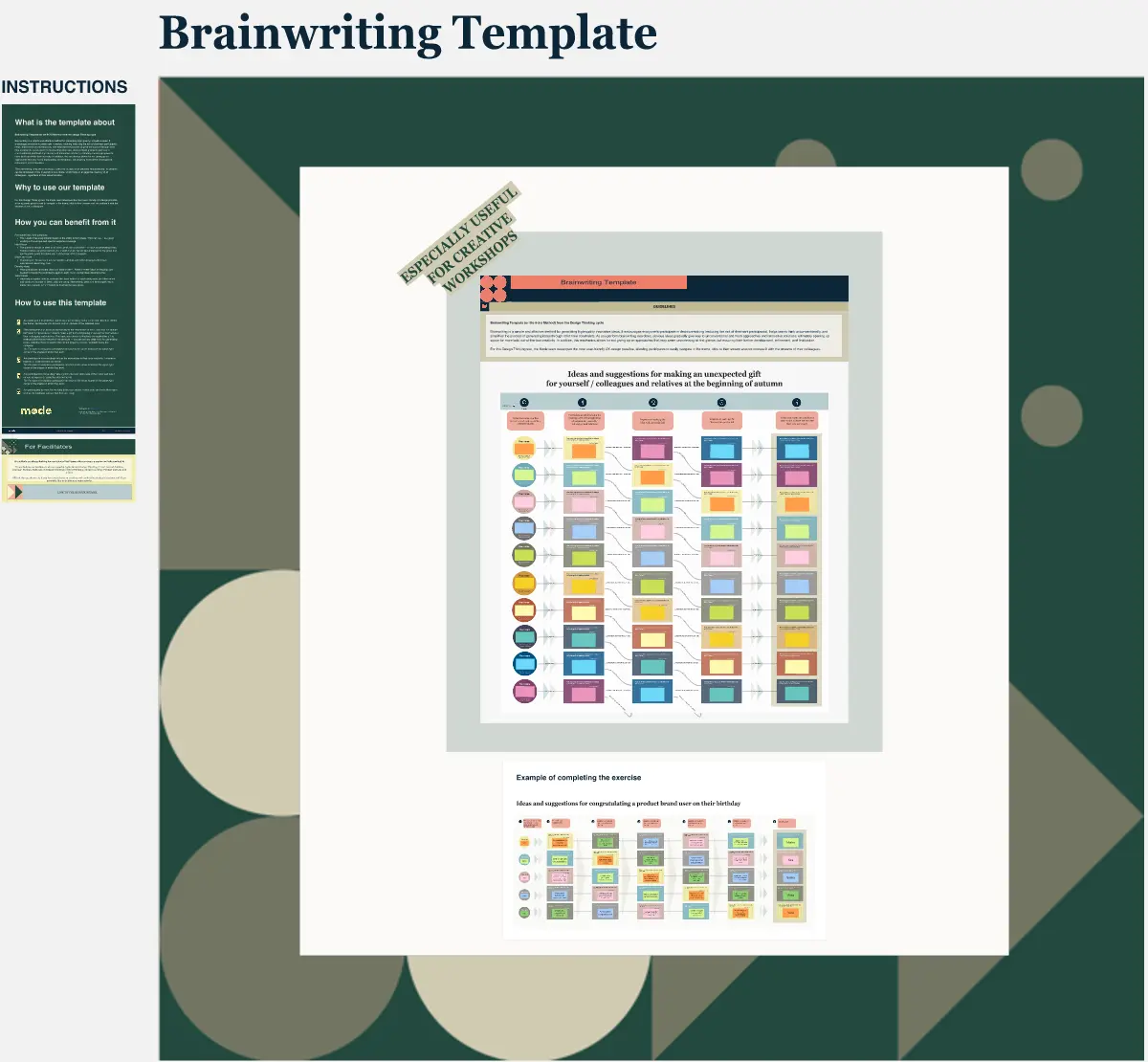Detective Icebreaker
What is the template about
The basis of this template is a logical puzzle that tests one's wit. It is presented in a simple and game-like format, which helps participants to develop the ability to connect disparate facts, draw higher-level conclusions, and arrive at the truth, even if it is not immediately apparent. This puzzle is extensively discussed by Jeremy Stangroom in his work "Einstein's Riddle: Riddles, Paradoxes, and Conundrums to Stretch Your Mind" — according to the author, it was invented by Albert Einstein when he was still a child.
When to use it
This template allows for several possible formats of use. It can be used:
As a warm-up exercise at the very beginning of an analytical (research) workshop. As part of this workshop, it can help participants quickly and seamlessly tune into the immersion in multi-level data, searching for interdependencies and relationships between them, building complex conclusions and reasoned decisions based on the results of the analysis.
As a self-contained status — a detective game. In this variant of use, it can become an indispensable part of the corporate culture both in your company and in the companies of your clients. Joint search for interconnections between facts, supplemented by a clear distribution of roles in joint activities (someone paints houses in the right colors, someone fills in stickers) contributes to building productive and coordinated interaction between different team members, regardless of their fields of activity, backgrounds and experience.
Why to use our template
Well-thought-out UX design of the puzzle game from Møde turns it into something more than just a riddle — a full-fledged interactive experience of solving a detective story (the first online detective on the Miroverse platform). Offline presence is not required to participate in this experience, so this template is especially useful for remote team collaboration.
The mechanic, which hides the correct answer, stimulates participants to work with the data, guaranteeing the presence of hidden logical connections between them and the feasibility of the task at hand.
Who might benefit from it
This template is suitable for both client workshops and internal corporate events. Feel free to give it a more intimate, custom feel with additional décor elements, emojis, memes, etc.
How to use this template
First, tell the participants what is in front of them: "There are 5 houses in 5 different colors in front of you. In each house there is only one resident, all residents are of different nationalities. Each of the residents drinks a certain drink, engages in a certain sport, and keeps a certain animal. Each resident has their own unique animal, drink and sport and they do not repeat". Emphasize the task of the exercise: to find out who owns the fish.
After immersing the participants in the exercise context and the task at hand, ask them to familiarize themselves in detail with all the facts presented in the "Known Facts" section. Tip: Draw their attention to the fact that 1) there are hidden interrelations between the facts that are not immediately apparent 2) some facts can be an excellent starting point for filling in the matrices in the houses.
After familiarizing the participants with the facts, ask them to start filling in the mini-matrices in the houses, schematically represented in the center of the template. At the same time, participants can start painting the houses in the correct colors. Tip 1: For convenience in changing the color of the houses, a legend with the most harmoniously combined colors has been integrated into the template. To color, participants need to click on the gray house itself (its chimney or other gray grouped parts), select the color section in the pop-up menu, and then click on one of the options from the proposed Møde palette using the pipette at the end of the color list. Tip 2: At this stage of the exercise, participants can divide roles among themselves in a free discussion: assign one team member to paint the houses, another to fill in one section of the matrix, a third to fill in another section, and so on. Tip 3: As facts are reflected in the matrices, participants can color the shapes with already considered facts from the "Known Facts" section in a different color. Tip 4: The correct sequence of filling in (for facilitator guidance): first determine the colors of all the houses (with accompanying stickers) - then all the drinks (with accompanying stickers) - then all the nationalities (with accompanying stickers) - then all the sports (with accompanying stickers) - then all the animals (with the correct answer).
After completing all the matrices, the participants will have their own hypothesis about who owns the fish. To check it, the facilitator can open the hidden frame (delete the group "Hidden for now") and allow the participants to find out the correct answer.
If the team's answer is correct, thank the team for their productive work and acknowledge their developed deductive ability
If the team's answer is incorrect, ask the team to find the error in their matrices and establish the corrected interrelations between the data.
Categories
Similar templates





